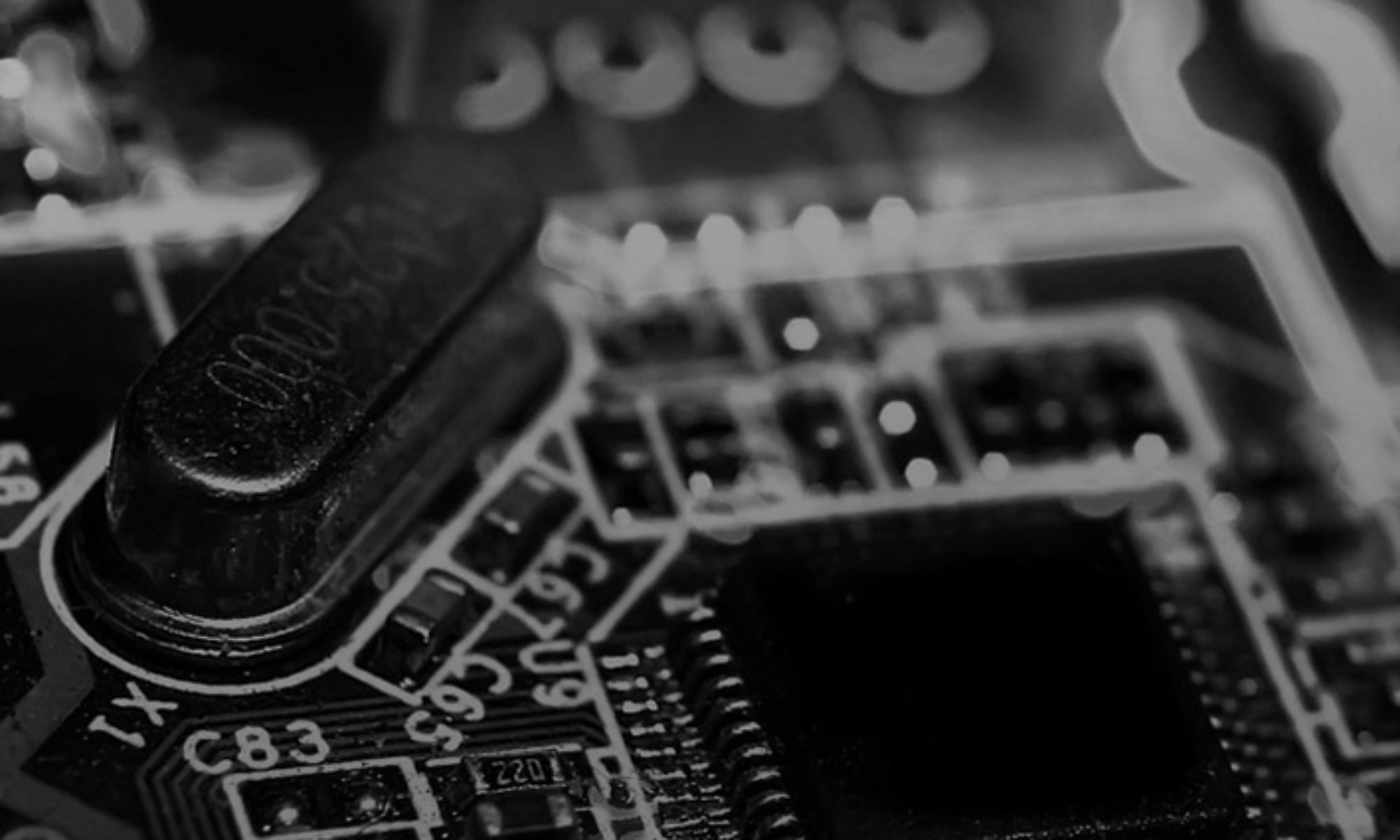
Glanmire Road Station in the 1890s in Cork, Ireland. Photo by National Library of Ireland.
Photo via <a href=”https://www.goodfreephotos.com/”>Good Free Photos</a>
As the title of this post paraphrases lyrics of a song from the French band Phoenix, the legendary bird is what comes to mind when speaking about the UPC.
Indeed, since our last article reporting German constitutional court referral which (almost) killed the UPC, many things happened in order to agree with the well-known proverb “where there’s a will there’s way”.
Here is a catch-up post with the latest news on the UPC and its upcoming implementation (official start should occur during the first half of 2023):
- 8/07/2022 | “Early 2023” horizon: As a results of many “significant steps” taken during its second meeting, the UPC Administrative Committee indicated that “the timing of the start of operations of the Court can reasonably be expected to occur in early 2023”. The Committee took the opportunity of this meeting to confirm the setting-up of local and regional divisions of the Court of First Instance and to adopt the Court’s Rules of Procedure and its Table of Fees which will both enter into force on September 1st, 2022.
More information on this meeting can be found in a statement on the UPC website and all non-confidential adopted documents are made available.
Inter alia, the Committee lifted the restrictions once contemplated for the access to the decisions and orders issued by the Court, as wished by many professional bodies, in particular for transparency and public trust reasons. Such restriction (no automatic publication) is maintained for written pleadings and evidences, that could be disclosed “upon reasoned request” (see Amendment 24 Rule 262 – “Public access to the register”).
On July 8th, the Committee were also supposed to designate the UPC’s full and part-time judges. We will keep you posted as soon as more information will become available. As to where these judges will actually be located in Paris, it has recently been indicated that there will be two entities : one located quai de la Mégisserie and the other located on the Ile de la Cité (within the Court of Appeal and the international chamber of the Commercial Court).
- 28/06/2022 | Referendum in Ireland regarding the UPC in 2023/2024. As reported by the national Department of Enterprise, Trade and Employment, “The Government today reaffirmed its commitment to participate in the European Unitary Patent system and Unified Patent Court (UPC) and to hold a referendum to enable Ireland to do so”. The announcement also indicates that “Ireland has committed to the establishment of a local division of the Court to operate the terms of the agreement subject to the successful passage of a Constitutional Referendum. The Tánaiste will return to Government to outline the resources required to establish the same.”
- 19/01/2022 | Entry into force of the Provisional Application Protocol (PAP): General Secretariat of the Council of the European Union, in its role as Depository, declared that the Protocol on Provisional Application (PPA) of the UPC Agreement entered into force on January the 19th, 2022. This announcement followed the ratification of the PPA by Austria (and the subsequent deposition) which thus triggered the start of the PAP allowing the conduct of the last part of the preparatory work in establishing the Court.
As a recall, in order to establish the UPC, 13 countries needed to ratify the UPC Agreement, including (post Brexit) France, Italy and Germany. Regarding the latter, Germany ratified the PPA but decided to delay final ratification of the UPC Agreement until a time at which the Court could be operational. Such final ratification by Germany will automatically trigger the entry into existence of the UPC on the first day of the fourth month thereafter.






